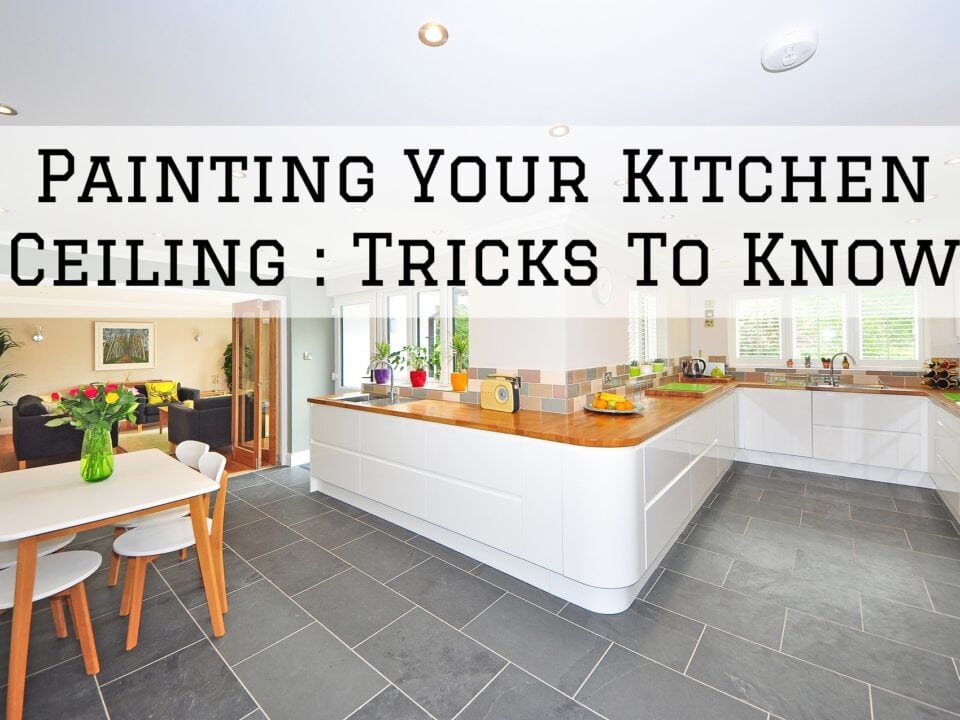How to Choose Paint Colors for Your Interior Trim

Importance of Proper Paint Surface Preparation
April 24, 2019
4 Tips for Staining Your Wood Fence in San Diego, California
May 10, 2019The trim or molding is a rather small part of your interior; however, its color has a significant impact on the overall look and balance of your home interior space. Molding or trim generally helps define a room’s style, adding architectural character and dimension to the walls. As you probably know, you need to paint all the trim the same color throughout your house to create a unified look.
If you’re painting doors, door frames, and window frames, choose a gloss or semi-gloss enamel paint rather than flat-finish paint; the glossier paint is more durable, and its reflective quality plays up light and shadows. But what colors should you paint your interior trim and molding? Or will you simply default to the traditional white? And even so, which ‘white’ should you choose? Here are a few trim color ideas to help you choose to spice up your interior.
Choose the Perfect White Trim
White is the most popular choice when it comes to painting the interior trim. Whether you have soft or bold colors on your walls, you will least likely go wrong with white. In a room that has bold or dark colors on the walls, white will brighten and lighten the strong hue and provide some visual relief. If you have pastel or light walls, a white trim will make the color look clearer and cleaner while throwing in a small hint of contrast.
When you decide to go with white, just remember that it doesn’t necessarily have to be stark white. There’re over 100 shades of white, ranging from cool to warm. Hold the paint chip of your wall color against various shades of whites and see which combination you like. As a general guide, warm tones go well with intense or warm neutrals while cool or clear whites will partner well with cool colors.
Coordinating Paint Colors
Coordinating the trim and other surrounding colors is a great way to keep everything balanced. Even the whites need to be coordinated. The shade of color you choose for painting the woodwork must relate to the wall color or to other fixed finishes in the room. Otherwise, your trim will look too dirty or harsh, or even out of place.
If you’re going in for color, opt to paint your trim and molding a slightly lighter or darker shade your wall paint colors. Alternatively, you can tint your white trim paint with a bit of the paint color on your wall. This keeps you from matching up everything or having to use white but also helps you to tie everything together. This is a great option if you don’t want a harsh contrast in your interior space.
Make a Statement
If you want to completely break away from the “white trim” habit and make a colorful statement with your trim and molding, it’s not against the rules. If you’re not color-shy, consider painting the trim a contrasting hue that’s equal in intensity to the wall color. Go with the darker colors for door and window frames, bright or light colors for major surfaces and medium tones for skirting boards and window sashes.
If your rooms have pale colors, you can add a bit of emphasis on the doors, windows and other architectural features by painting them with a soft, contrasting tone. If your woodwork is not worth noticing, consider toning down on the contrast.
Bottom Line
Choosing a paint color for your trim or molding shouldn’t be a struggle, just keep things coordinated and balanced, and everything else should fall in place. Don’t be afraid to introduce a bit of color in it, but if you need professional help in choosing the colors and painting your trim, molding doors, and window frames, we can help. Simply give us a call today for more information.





